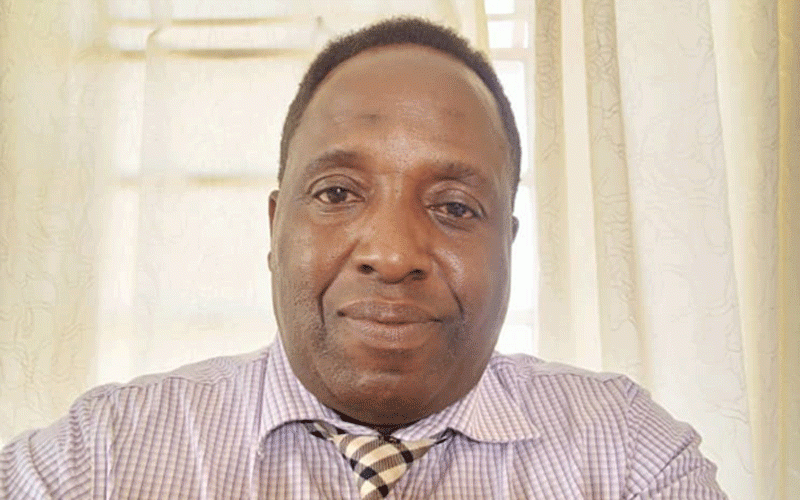
African art speaks the language of nature and is a vibrant and rich tapestry that can be used in the advancement of change and development within our societies.
There is the portrayal of plants and wildlife, the sun, moon and the stars and the depiction of the times when men has co-existed with nature.
There is a deep connection between African art and nature which shows the richness of our land, bio diversity, cultural significant and the deeper spiritual relationship between man his environment.
Art is a potent tool for climate change campaigns because it can make the issue more accessible, relatable, and emotionally resonant. It can inspire individuals and communities to take action, whether through personal lifestyle changes, activism, or support for policies that address climate change.
Climate change has had an unprecedented global impact and this has become a cause for collective action which remains a critical factor.
There are scientific reports and policy advancements which play a critical role, but the power of art remains stronger as a tool in raising awareness and mobilising individuals.
Art has the unique ability to educate because it evokes the depth of emotions and in the process it sparks conversations and creates a profound connection between the individuals and the environment.
In its edutaining effect, art is a very powerful tool and apparatus in the raising of awareness, fostering emotional connections and it motivates the efforts which are meant to tackle the climate change crisis which is heavily impacting on the environment.
- Warrant of arrest canceled for illegal billboard accused
- Goblins ‘besiege’ school
- Vieira backs Mane for Ballon d’Or ahead of Bayern move
- The trial of Directors accused of erecting illegal billboard deferred again
Keep Reading
For instance, an artist can come up with artwork that teaches people to preserve wetlands as they are important for water preservation. This can be in the form of a play, a song, poetry or even drawings.
In its expressivity, and its various manifestations such as songs, poetry and even visual art, important messages can be communicated explaining the complex climate sciences and the challenges.
These are forms of infographics that can help increase the understanding of the public on concepts of climate change and the impacts that it can have on people and their ecosystems.
Art helps to deepen the personal engagement through providing new and also creatively inspired platforms for reflection and deeper discourses.
Climate change art is a form of artistic expression that aims to address the topics that relate to issues of climate change and its impact on the environment and the society as a whole.
There are increasing concerns on issues that relate to global warming and hence the need to re-invigorate climate change based art.
More platforms are needed so that artists can utilise the power of their creative talents in raising more awareness, and particularly provoking more thought on the subject.
Art is a very powerful story teller and creatives can tell the stories of communities affected by climate change, the challenges of activists or the possibility of sustainable futures through the use of paintings, sculptures, photos and even performance art.
A picture by a photographer showing the effects of drought due to climate change can actually attract international aid for the drought stricken area
Art has the ability to humanize a problem and in the process it enhances its relatability.
On the African continent, as elsewhere even within Zimbabwe, heatwaves as an environmental agent affects music in significant and often detrimental ways.
Musicians labour in extreme climates, and musical materials deteriorate in high temperatures and humidity. Likewise, musical performances in very hot weather can affect attendance at a concert.
Environmental disasters spurred by climate change disrupt musical practices and put lives at risk as attendees might suffer from dehydration.
To address this challenge, it is important to note the importance of the performing arts such as theatre, dance and music in the climate change discourse as it has the capacity to engage the audiences on both emotional and also intellectual levels.
There is need for arts practitioners and organisations that have an interest on issues that orient to the environment to conduct climate focused performances which utilise movement, sound and narratives, which can be an effective tool in conveying the interconnectedness between humans and the environment.
Storytelling and immersive theatrical experiences are powerful as they inspire empathy, provoke thought and also encourage people to reflect on their relationship with the planet.
These also provide very valuable forums for discussions and community engagement around issues which orient to climate action.
Film and media hold immense potential for reaching broad audiences and conveying complex messages effectively. Documentaries and short films cantered around climate change shed light on the global crisis through compelling narratives, interviews, and captivating visuals, and our context needs more of those.
These films can educate and motivate viewers to take action by highlighting the stories of those affected by climate change or showcasing innovative solutions and successful conservation efforts.
Through online platforms and social media, film and media also enable widespread sharing and discussions about climate-related issues.
Art reflects culture and society. Artists often engage with climate change by incorporating environmental themes into their work, and helping to integrate climate consciousness into cultural discourse.
Collaborative art projects involving artists, scientists, and activists can bridge gaps in understanding and communication between different sectors of society.
The Zimbabwean context needs collaborative spaces between different stakeholders which can enhance the relevance and the effectiveness of the impact and the effects of climate change which is impacting on our environment.
In its edutaining effect, art can be used as an educational tool, particularly in schools and community programmes. Climate-themed art projects can engage students and community members in learning about climate issues creatively and interactively.
Art can go beyond highlighting problems and also depict potential solutions to climate change, and this can inspire hope and encourage people to participate in sustainable practices, including actions to adapt and mitigate against climate change.
Art serves as a powerful medium to educate communities about the simple steps they can take in their daily lives to combat the climate crisis.
By leveraging creative expression, artists can enlighten individuals on practical actions they can integrate into their daily routines. These actions include reducing waste, conserving energy and water, adopting sustainable transportation methods, and making environmentally conscious choices.
- Raymond Millagre Langa is a musician, poet, orator, independent researcher and founder of Indebo edutainment Trust. You can follow on Facebook @Millagre Ray Langa, on X you can follow on #Millagre Langa, email. [email protected] or [email protected]











